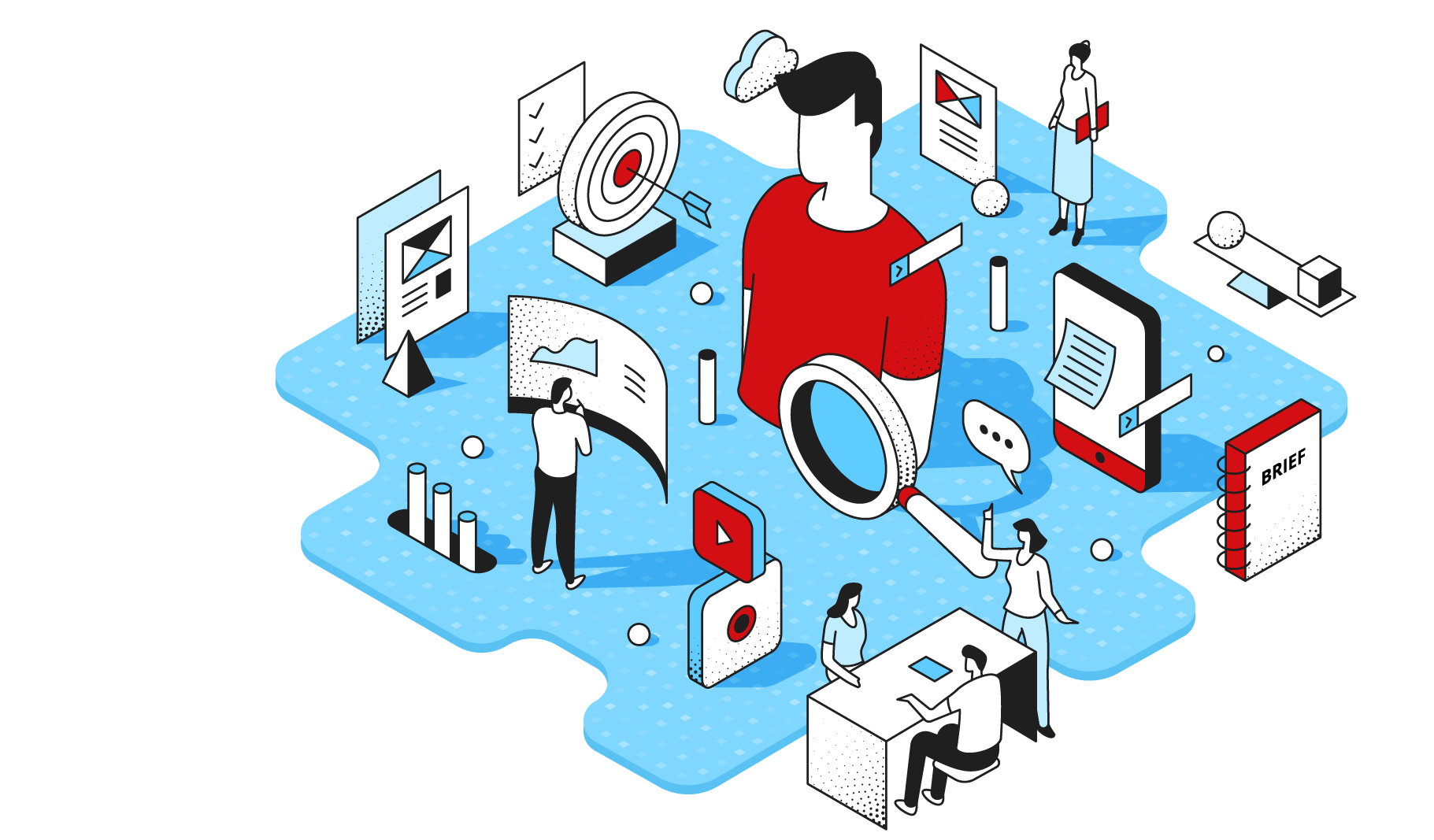In marketing, we hear a lot about personas and using them for targeting. Many of us use personas to tailor our creative to resonate with a real person our brand is targeting. The persona provides a way to view a segment (or group) based on a collection of data attributes. Armed with this information, we craft messaging based on what they care about, communicating in ways that fit their needs.

Where do personas come from?
Persona development can be done many ways, based on the needs of the project and the available data. Common attributes for any persona development include a defining set of attributes, and some way to tie that to personal attribute to attitudes. At Advance, we use a combination of quantitative and qualitative sources to build a persona.
Many of the segments that we utilize are built of behavioral attributes. If the segment is relatively homogenous, one persona for the segment can be created. If variety exists, attributes within the behavioral segment are examined for grouping together and developing subsegments. This is then overlayed with qualitative research.

The qualitative research is performed through any combination of open ended survey questions, combing social media profiles, in-depth interviews, focus groups or online forums. Most important is to ensure that the attributes of the group match up on both ends. While it is possible to create personas from fewer sources, it is most accurate to combine the sources for a well-rounded picture.
Persona Validation
One of the ways to help validate a persona is reasonable is to test samples from the segment against the broad parameters laid out in the persona. The persona is not going to be an exact match for an individual, but if things like community orientation or parenthood emerge, its likely a large majority of those within the subsegment.
Personas are an amalgamation. They won’t be an exact match, so use feel and tone as your guide to messaging. For instance, create more specific messaging for parents, generational differences, or known behavioral traits.
Example digital display ads, targeted to different audience types



When used properly, personas can be a powerful tool to help create more personalized messaging.

Contributed by
Stanton Fish, Vice President of Data
Advance Local


 Ad Choices
Ad Choices
